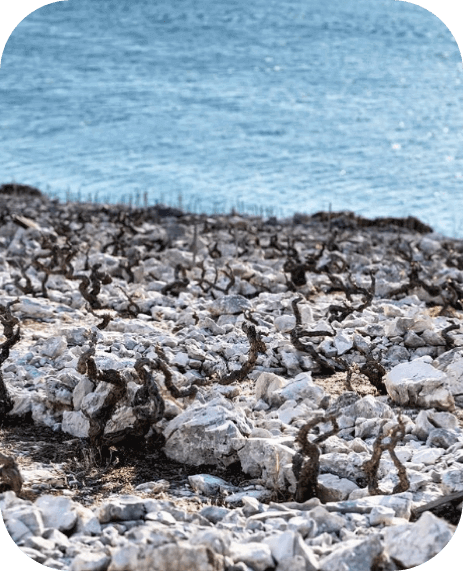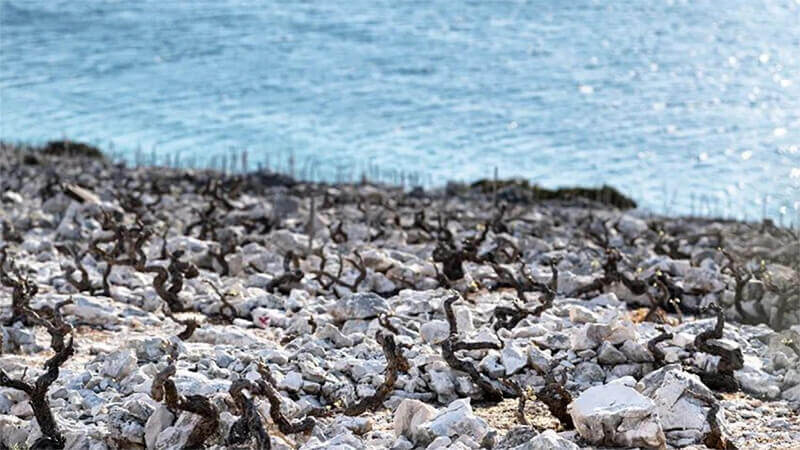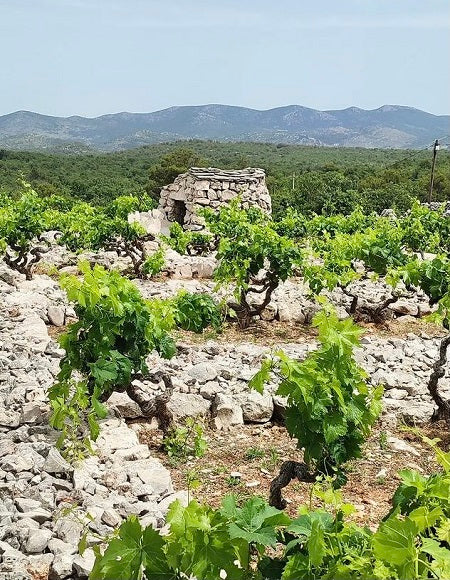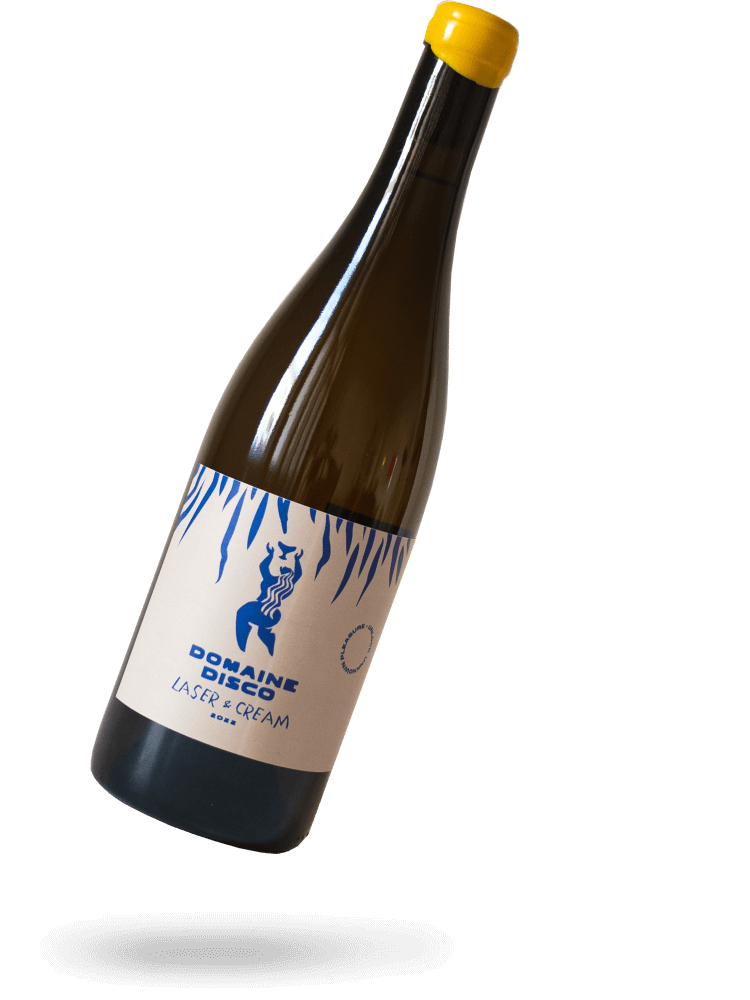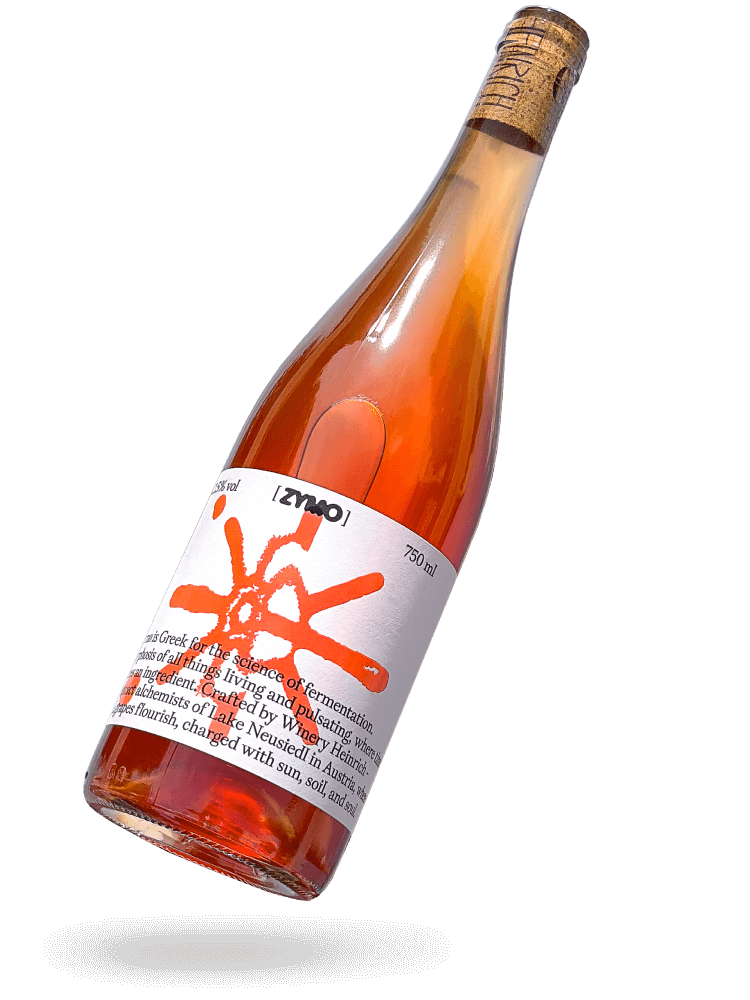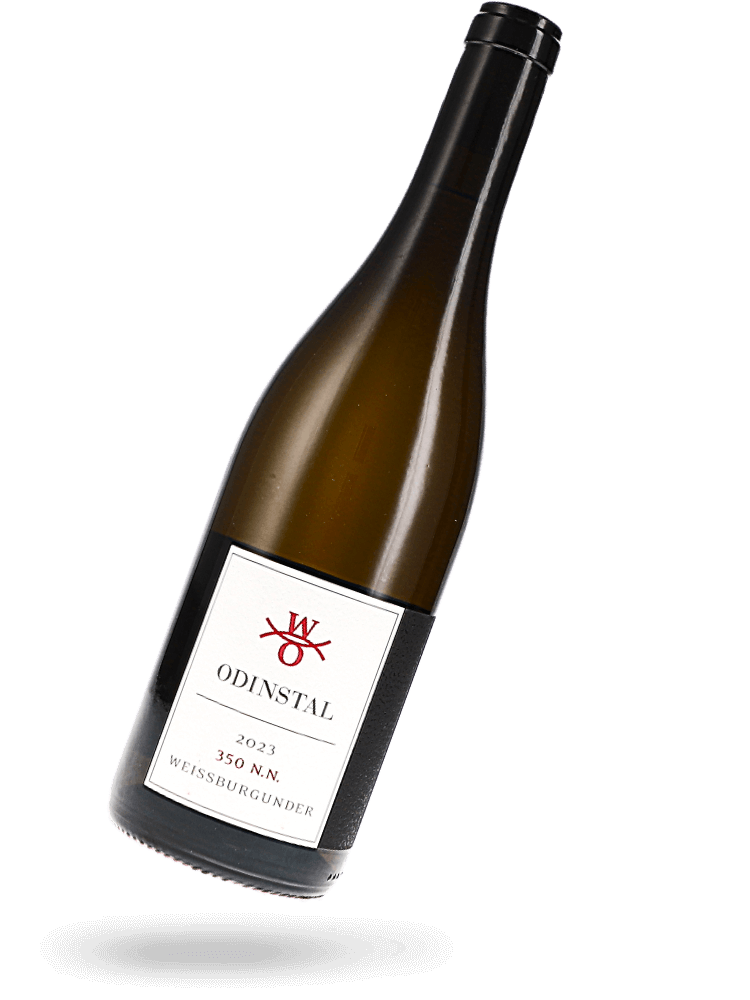With Vinas Mora, the trio Kreso Petrekovic, Neno Marinov and Niko Dukan preserve the culture and tradition of the UNESCO protected region
After the success of his first winery, Podrum Franjo, Kreso Petrekovic is bringing to life his second project called Vinas Mora. This cooperative winery focuses on the production of natural wines from Primošten, a historic and UNESCO-protected area on the Croatian coast near the city of Split.
Kreso is passionate about the region, its unique terroir and the Babić grape variety, and always advocates the enjoyment of wines produced by local farmers who have little or no commercial success. Thus, a few years ago he came across the couple Josipa and Neno Marinov, who cultivate the autochthonous grape variety Babić. The couple sold the wines in plastic bottles on the side of the road.
Together with Neno, they discovered the almost abandoned winery of a local cooperative. At this location, most of the winemakers:inside the area sold their grapes. The opportunity to take over the cooperative was too good to miss, and it was also necessary to keep the tradition alive.











